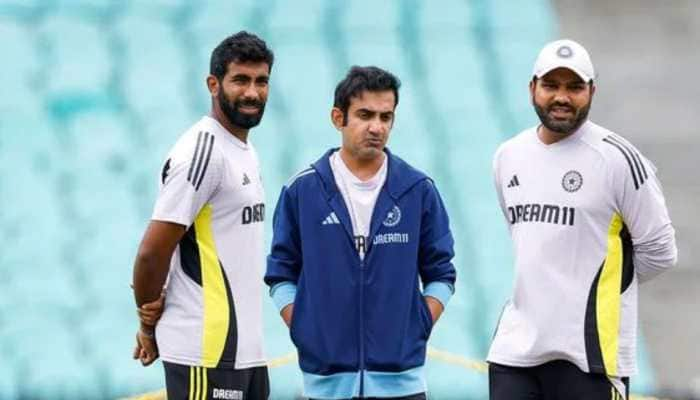Pitru Paksha significance: Here is how the Shraadha rites are performed
Here's how the Shraadha rites are performed
Trending Photos
) Image courtesy: Thinkstock
Image courtesy: Thinkstock New Delhi: The period of Pitru Paksha lasts for 16 days every year. This is the time when we offer food, water and other belongings in the name of our forefathers as an homage to them. This year the Pitru Paksha began on September 16 and will last until October 1. The Shraadha rites are usually performed by a male member of the family. Before starting the Shraadha rites, the person performing the duties must take a bath to purify himself.
After bathing, he must wear a dhoti and also a ring of kush grass. It is believed, that the ancestors reside in the ring. The rites of Shraadha are usually performed bare-chested.
The ceremony involves an offering of Pindas to the ancestors (generally made in the form of cooked rice and barley flour balls mixed with ghee). This is addressed as 'Pind Daan'.
This is followed by worshipping Lord Vishnu, who is usually depicted in the form of a darbha grass, a Shaligram stone idol or a gold image.
Further, followed by an offering which is made to the ancestors first. It is also said that the food prepared is made on the roof and offered to the ancestors. If a crow eats the offering, it is believed that the ancestors have accepted it. A crow is believed to be the messenger from our ancestors and forefathers (even Yama according to some).
Cows, dogs and other street animals are also fed. Also, the Brahmins are invited for the lunch. Only after treating the Brahmins with a good lunch, the family starts having food, which is also a kind of prasad.
Stay informed on all the latest news, real-time breaking news updates, and follow all the important headlines in india news and world News on Zee News.
Live Tv







)
)
)
)
)
)
)
)
)
)
